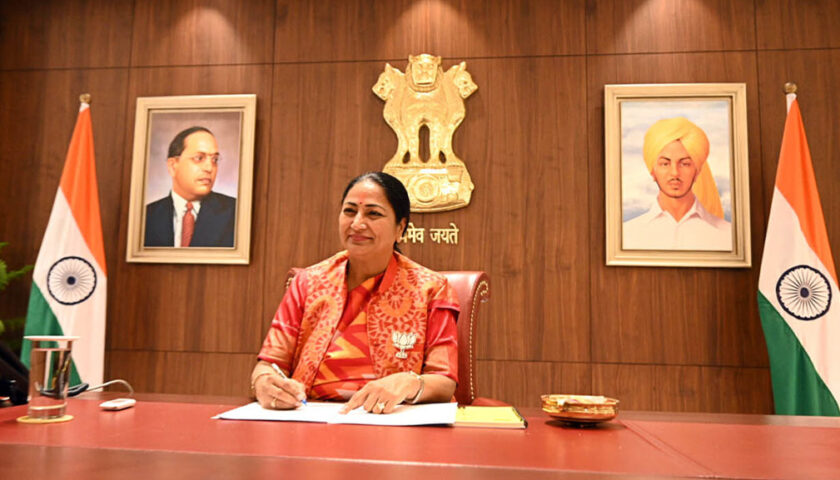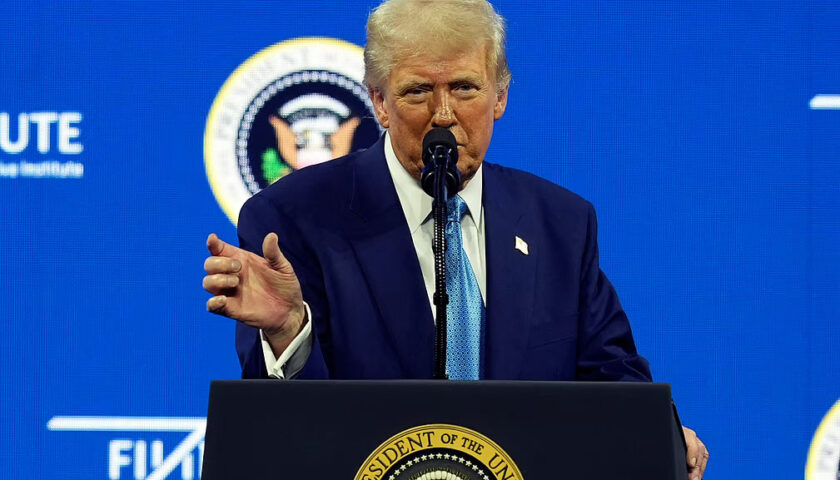The discussion on who will be India’s next President has taken centre stage. Presidential elections have drawn tremendous interest since the emergence of a competitive party system where different parties are in power at the centre and in the states.
With the formal announcement by the Election Commission of the schedule for the election of the President of India, the discussion on who will be the next first citizen of the country has come to centre stage. Presidential elections have always drawn tremendous interest, especially since the emergence of a competitive party system with different parties being in power at the centre and in the states.
The Office of the President has largely been a position of influence rather than power.
A former President of India, R Venkataraman, rightly defined the office as an ‘Emergency lamp’ that ‘lights up’ during times of political uncertainty. The role of the President has increasingly come into focus when no party gets a clear majority in the Lok Sabha or who has a majority remains unclear.
Presidents R Venkataraman, Shankar Dayal Sharma and KR Narayanan all handled such situations. Each of them dealt with the situation differently and this has been the focus of discussion and debate.
Prime Ministers and ruling parties/coalitions at the centre have given considerable thought to the nomination of their candidates for the Presidency. Presidential elections have often been a matter of formality, though the opposition has often put up a candidate for a symbolic fight.
The one election which invited a lot of attention was the 1969 election of V V Giri as the President. This election coincided with a split in the Congress party. The official nominee of the Congress, Neelam Sanjeeva Reddy, was defeated. Prime Minister Indira Gandhi had backed V V Giri and called for a ‘conscience vote
This was a keenly fought election and went well beyond the first round of counting. It is interesting that when Neelam Sanjeeva Reddy finally became President in 1977 when the Janata party was in power, he won the election without a contest.
THE ELEMENT OF SURPRISE
In more recent times, the ruling party/coalition at the centre has often had their way of getting their candidate elected. Several factors have gone into determining their choice of candidates for President.
In 2002, the NDA, led by Prime Minister Vajpayee, sprung a surprise with the choice of APJ Abdul Kalam as their Presidential candidate.
The ruling coalition managed to get the support of opposition parties too, in order to secure Kalam’s election. In 2012, the election of Pranab Mukherjee as the UPA nominee also involved support from non-UPA parties.
Since 2014, a key element in the BJP’s choice of candidates has been the element of surprise and the nomination of an unexpected candidate. This has often been the case in the decisions on Governors, Chief Ministers, Rajya Sabha nominees or even members of the Union Council of Ministers.
In the last Presidential elections of 2017, the incumbent President’s name first came to the fore when the Party President announced his name at a press conference. Thus, this time around, the speculation on who would be President has involved a cautious listing of names.
Potential candidates must be hoping against hope that their name does not draw media attention, as this is a sure way to take away the element of surprise which has been the hallmark of decision-making within the ruling party in the last eight years!
In the past, one has noticed that if the incumbent Vice President was elected as the nominee of a party that continues to be in power, they are often elevated to the Presidency. Venkaiah Naidu was elected as the Vice President as a BJP nominee.
WHO WILL THE BJP NOMINATE?
Many would see him as the front runner for the Presidency. This would, of course, depend on his relations with the BJP leadership and the calculations that determine the leadership’s choice of the candidate.
Given the recent controversies involving the Gulf countries and the action that was taken by the BJP against its national spokesperson, some would believe that a prominent leader from among the Muslim community could well be chosen.
Several names, including that of an articulate Governor and a dissident Congress leader, are doing the rounds. It has also been suggested that it is time someone from among the Scheduled Tribes is chosen to be President. There is also talk of a Scheduled Tribe woman being selected.
The calculations on the choice of its nominee by the ruling party would also need to budget in the fact that it would need some support beyond the members of the NDA, to secure the election of its candidate. The BJP would be looking at state-based parties like the YSRCP and the BJD to stitch together the required number of votes.
Given the fact that the BJP has emerged as the principal rival to the TRS in Telangana, it may be difficult for it to secure the support of Chandrashekar Rao.





